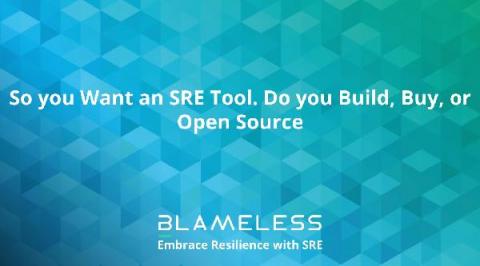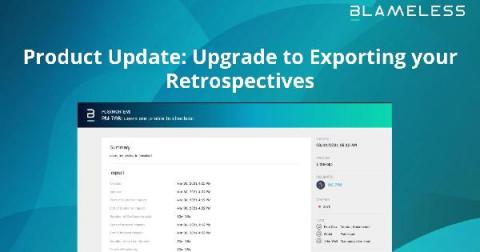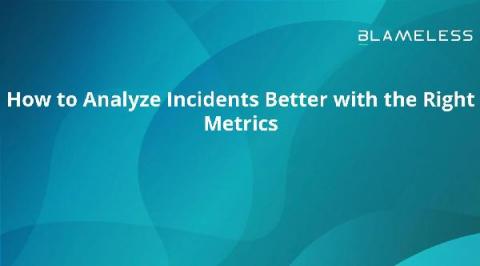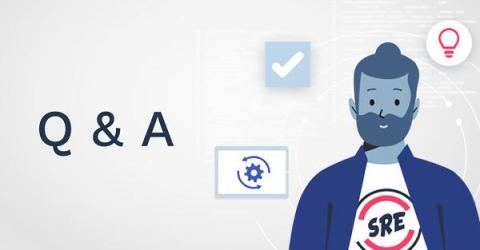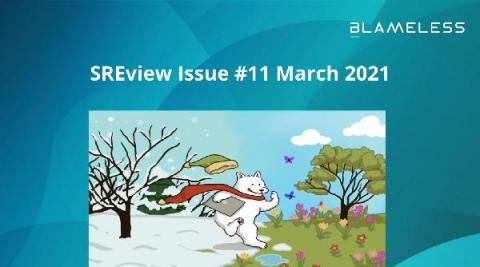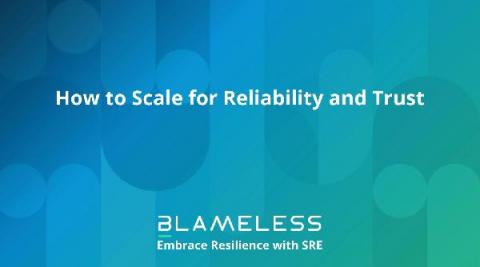How Netflix Uses Fault Injection To Truly Understand Their Resilience
Distributed systems such as microservices have defined software engineering over the last decade. The majority of advancements have been in increasing resilience, flexibility, and rapidity of deployment at increasingly larger scales. For streaming giant Netflix, the migration to a complex cloud based microservices architecture would not have been possible without a revolutionary testing method known as fault injection. With tools like chaos monkey, Netflix employs a cutting edge testing toolkit.



